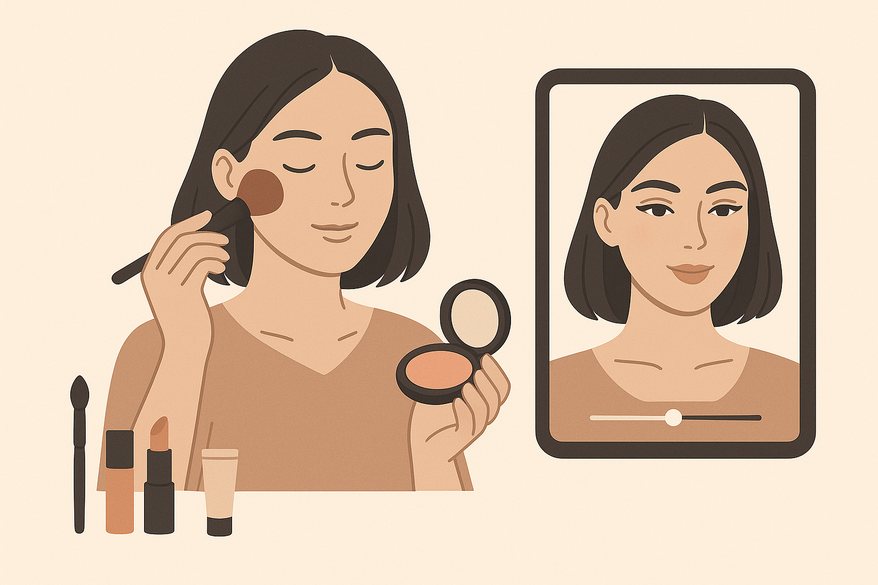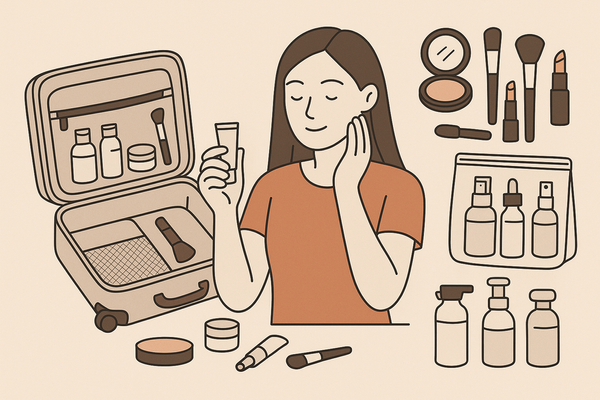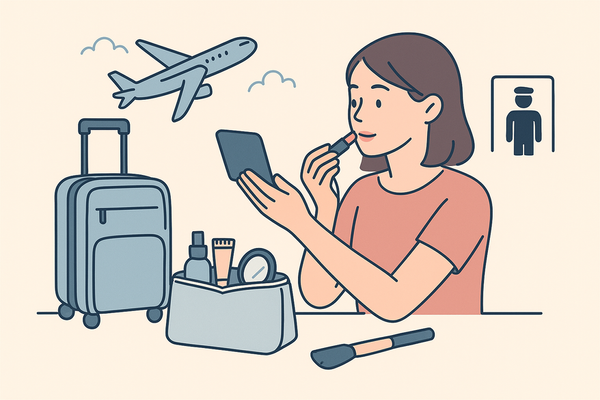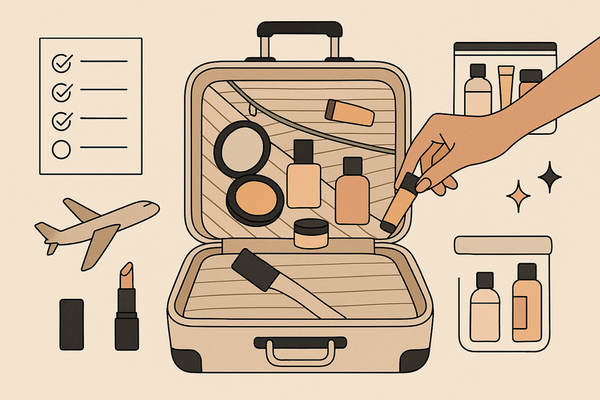Real-Life Makeup Transformation Tips: Elevate Your Look with AI and Traditional Techniques
Master real-life makeup transformation tips using traditional techniques and an AI makeup generator to achieve a flawless, polished look effortlessly.

8 min read
Key Takeaways
- Blend Traditional and Digital: Combine expert makeup methods with an AI makeup generator to plan and preview looks.
- Step-by-Step Routine: Follow a structured process—prep, select products, apply, contour, highlight, and finish—for flawless results.
- Face-Shape Customization: Tailor techniques for round, oval, square, or heart faces to enhance your natural features.
- AI Benefits: Save time, reduce waste, and experiment risk-free by virtually trying on lipsticks, shadows, and blushes.
- Pro Tips & Resources: Leverage expert advice, video tutorials, and community platforms to continually refine your skills.
Table of Contents
- 1. Understanding Real-Life Makeup Transformation
- 2. Step-by-Step Transformation Guide
- 3. Innovative Tools: AI Makeup Generator
- 4. Integrating Technology with Traditional Tips
- 5. Expert Advice & Additional Resources
- FAQ
1. Understanding Real-Life Makeup Transformation
Keywords: real-life makeup transformation tips, ai makeup generator
Bridging everyday beauty routines with pro-grade results begins by identifying common challenges—uneven base, skin-type concerns, and contouring needs—and turning them into opportunities for creativity and confidence. Traditional techniques like primer application, expert blending, strategic contour/highlight, and precise brow shaping form the foundation of a lasting, natural finish.
Challenges & Opportunities
- Even, long-wear base across oily, dry, combination, or acne-prone skin
- Flattering contour/highlight to sculpt cheekbones, nose, and jawline
- Expressive color through eyeshadow, liner, and lashes
- Self-esteem boost via controlled experimentation and minimized imperfections
2. Step-by-Step Transformation Guide
Keywords: real-life makeup transformation tips, ai makeup generator
Follow these stages to turn your daily routine into a magazine-ready metamorphosis:
1. Skin Preparation
- Cleanse with a gentle, pH-balanced wash.
- Moisturize based on skin type: hydrating for dry, gel-based for oily.
- Prime: choose silicone-based for pore-blurring or hydrating primers for dewiness.
2. Product Selection
- Foundation & Concealer: swatch along the jawline for perfect tone and undertone match.
- Palettes: pick neutral transitions and accent hues for versatile day-to-night looks.
3. Application Methods
- Blend foundation/concealer with a damp beauty sponge for an airbrushed finish or a dense brush for fuller coverage.
- Contour: apply matte, cool-toned shade in hollows of cheeks, jawline, and sides of nose; blend upward.
- Highlight: sweep light-reflecting shimmer on cheekbones, nose bridge, and cupid’s bow.
- Brows: fill gaps with micro-hair strokes; set with gel.
- Eyes: layer neutral lid shades, define crease, deepen outer corner, tight-line or wing liner, and add mascara or lashes.
- Lips: outline with matching liner, fill with matte/satin lipstick, and top with gloss or balm.
4. Tailoring to Face Shapes
- Round: deepen cheek hollows and lift brows.
- Oval: contour under cheekbones for balance.
- Square: soften jawline edges and highlight center forehead/chin.
- Heart: contour temples and emphasize lower cheeks.
3. Innovative Tools: AI Makeup Generator
Keywords: ai makeup generator, real-life makeup transformation tips
An AI makeup generator uses machine learning to map your features, letting you preview hundreds of color combinations before touching a brush. Incorporate virtual try-ons to find your perfect foundation, lipstick, or blush without guesswork.
Advantages
- Instant Preview of bold or subtle palettes
- Waste Reduction by buying only what suits you
- Time Efficiency: narrow down favorites quickly
Limitations
- May not capture product texture nuances
- Algorithm accuracy varies with training data
- Real-life lighting and skin texture can differ
4. Integrating Technology with Traditional Tips
Keywords: ai makeup generator, real-life makeup transformation tips
Combine digital trials and hands-on application for the ultimate beauty workflow:
Scenario 1: Virtual Shade Trials → Physical Application
- Use an AI tool to pick your top 2–3 lip and eye shades.
- Apply them with the contour and highlight methods from Section 2. For a detailed face-contouring tutorial, see face-contouring tutorial.
Scenario 2: Professional Consultation Enhancement
- Your artist presents 5 AI-generated looks based on your face scan.
- Refine formulas and intensities in person for a custom finish.
Scenario 3: Personal Experimentation
- Let AI suggest avant-garde combos you might not choose.
- Start with a wearable option—peach blush, mauve lip—then build confidence.
5. Expert Advice & Additional Resources
Keywords: real-life makeup transformation tips, ai makeup generator
Pro Tips from Makeup Artists
- “Contour strategically—focus on jawline and nose for slimming effects.”
- “Blend foundation with a powder puff for an ‘instant filter’ and long-wear finish.”
- “Layer cream and powder products to build dimension and staying power.”
Further Reading & Tutorials
- Lemon8 Step-by-Step Guides for in-depth beauty tutorials.
- Jessie Carenee’s YouTube Channel for live demos on blending and specialized techniques.
- Community Apps where makeup enthusiasts share transformations and feedback.
FAQ
- Q: How do I choose the right primer?
A: Match it to your skin goal: silicone-based for pore-blurring, hydrating for a dewy glow. - Q: Can AI replace professional makeup artists?
A: AI is a powerful planning tool but doesn’t replace the expertise and hands-on skill of an artist. - Q: How often should I experiment with new looks?
A: Start monthly or before special events to keep your style fresh without overwhelming your routine. - Q: Is virtual try-on accurate in different lighting?
A: It approximates well under standardized conditions, but always test in real-world lighting before major events. - Q: How can I reduce product waste?
A: Use AI to narrow choices, swatch small samples, and start with multi-use products.




